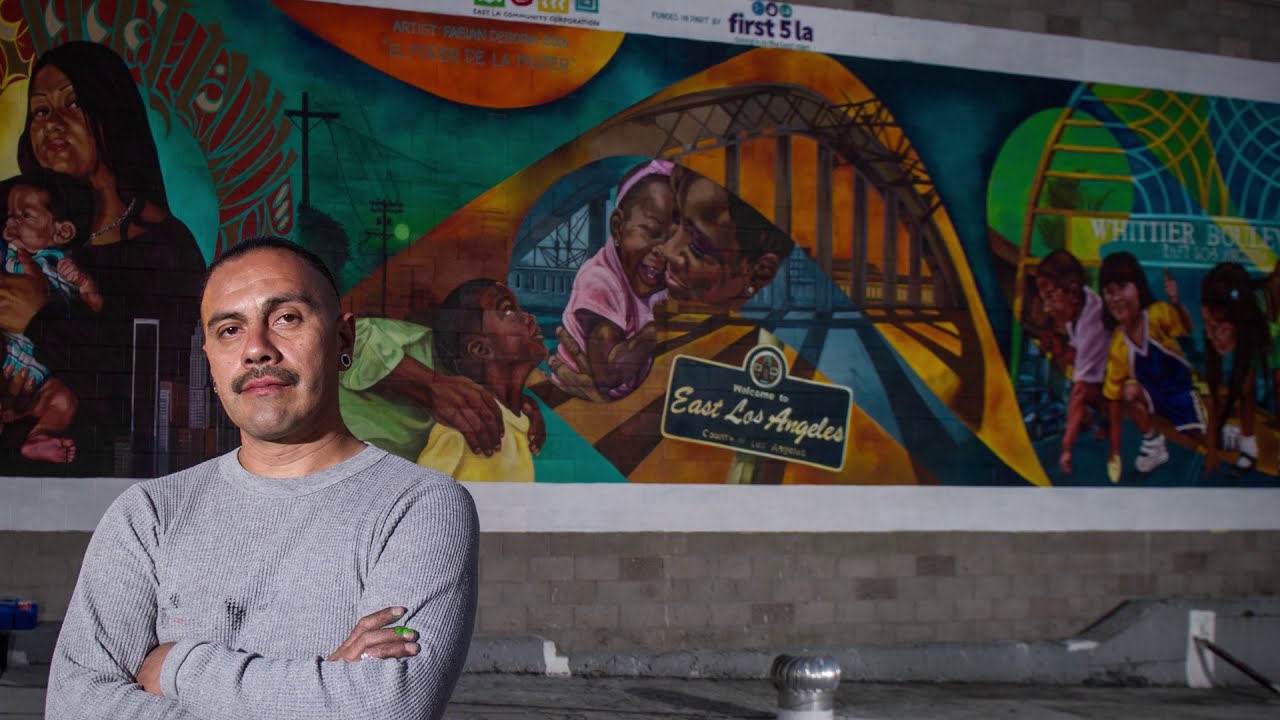The Man Who Set Off The Biggest White and Mexican Race Riots in California - José Díaz
Summary
TLDRIn 1942, Jose Diaz, a young Mexican-American, was killed in Los Angeles, sparking the Zoot Suit Riots. The incident, fueled by racial tensions and media portrayal of Mexican-Americans as violent, led to the arrest of 600 individuals. Despite no evidence linking them to the murder, 22 were charged, with 17 convicted. The case remained unsolved until a 2002 documentary revealed the true killer was not among the convicted. The riots, involving military personnel attacking those in zoot suits, resulted in hundreds of injuries and arrests, with no sailors held accountable.
Takeaways
- 📸 Only one known photo of José Diaz exists, taken in 1942 shortly before his death.
- ⚰️ José Diaz was killed in 1942, with the LAPD blaming his death on gang violence, leading to mass arrests of Mexican Americans.
- 🚔 The LAPD arrested 600 Mexican Americans following Diaz's murder, triggering racial tensions and escalating the Zoot Suit Riots.
- 👨👩👧👦 José Diaz was born in Durango, Mexico in 1919 and moved with his family to East Los Angeles to escape the Mexican Revolution and seek better opportunities.
- 💃 José Diaz loved jazz music and enjoyed attending weekend dances while wearing zoot suits, a popular fashion style among Mexican and Black youth in the 1940s.
- 👖 The zoot suit, considered unpatriotic by some during WWII, became a symbol of cultural identity for many Mexican American youths, though it was also used to stereotype them as criminals.
- ⚖️ 22 men were charged with José Diaz’s murder, but the trial became a tool for spreading stereotypes about Mexican Americans rather than focusing on proving guilt.
- 🧑⚖️ The trial was biased, with the judge forcing defendants to wear zoot suits to emphasize their perceived criminality, resulting in 17 convictions despite a lack of concrete evidence.
- ⚔️ The Zoot Suit Riots of 1943 involved widespread violence between servicemen and Mexican American youth, with servicemen attacking anyone in zoot suits or of Mexican descent.
- 🔍 Decades later, it was revealed in a documentary that José Diaz’s actual murderer was a man not originally charged, who had been at the same party as Diaz but was thrown out.
Q & A
Who was José Diaz, and when was he born?
-José Diaz was a Mexican-American who was born in Durango, Mexico, on December 19, 1919.
What event in 1942 led to the death of José Diaz?
-José Diaz was beaten and stabbed after a party near Sleepy Lagoon on August 1, 1942. He died hours later in the hospital.
Why was the death of José Diaz significant in Los Angeles' history?
-The death of José Diaz triggered a wave of arrests of Mexican-Americans by the LAPD and intensified racial tensions, ultimately leading to the Zoot Suit Riots.
What were the Zoot Suit Riots?
-The Zoot Suit Riots were a series of racial attacks and violent confrontations in Los Angeles in 1943, primarily between Mexican-American youths wearing zoot suits and U.S. servicemen.
What was the significance of the zoot suit in the 1940s, especially among Mexican-American youths?
-The zoot suit was a symbol of self-expression and freedom for Mexican-American youths but was viewed negatively by mainstream white society and authorities, who associated it with delinquency and unpatriotic behavior during wartime.
How did the Los Angeles police and media react after the murder of José Diaz?
-The LAPD arrested 600 Mexican-Americans, and the media fueled racial stereotypes, portraying the Mexican-American community as violent and dangerous.
What role did Hank Leyvas play in the events surrounding the death of José Diaz?
-Hank Leyvas and his friends were involved in a brawl at the party where José Diaz was later found murdered. Leyvas was one of the 22 Mexican-American men arrested and charged with Diaz's murder.
What was the outcome of the trial for those accused of José Diaz's murder?
-Seventeen of the 22 defendants, including Hank Leyvas, were found guilty, with some receiving life sentences. However, two years later, their convictions were reversed on appeal due to an unfair trial.
How did the military and sailors become involved in the Zoot Suit Riots?
-Tensions between servicemen and zoot-suit-wearing Mexican-Americans escalated after a fight between sailors and zoot suiters. This led to large-scale attacks by sailors on anyone wearing a zoot suit in Los Angeles.
What led to the reversal of the convictions of those found guilty of José Diaz’s murder?
-A new defense team, supported by celebrities, fought for the men’s release, arguing they had received an unfair trial. Their convictions were eventually reversed in 1944 due to lack of evidence.
What was revealed in the 2002 PBS documentary about the true killer of José Diaz?
-The documentary revealed that a woman confessed her brother had killed José Diaz after being thrown out of the party. She kept this secret to protect him, and he later committed suicide.
Outlines

このセクションは有料ユーザー限定です。 アクセスするには、アップグレードをお願いします。
今すぐアップグレードMindmap

このセクションは有料ユーザー限定です。 アクセスするには、アップグレードをお願いします。
今すぐアップグレードKeywords

このセクションは有料ユーザー限定です。 アクセスするには、アップグレードをお願いします。
今すぐアップグレードHighlights

このセクションは有料ユーザー限定です。 アクセスするには、アップグレードをお願いします。
今すぐアップグレードTranscripts

このセクションは有料ユーザー限定です。 アクセスするには、アップグレードをお願いします。
今すぐアップグレード関連動画をさらに表示

How Anti-Mexican Racism in L.A. Caused the Zoot Suit Riots | History

The dark legacy of this iconic baseball stadium

Once Upon a Time in Chavez Ravine | Lost LA | KCET

The Bracero Program, Explained

At 63, Fernando Valenzuela Cause of Death Revealed , Funeral, Wife, Kids, Net Worth & Lifestyle

Chicano Identity Through the Murals of East Los Angeles
5.0 / 5 (0 votes)
